Beginnings of Cinematography
Design and Technology
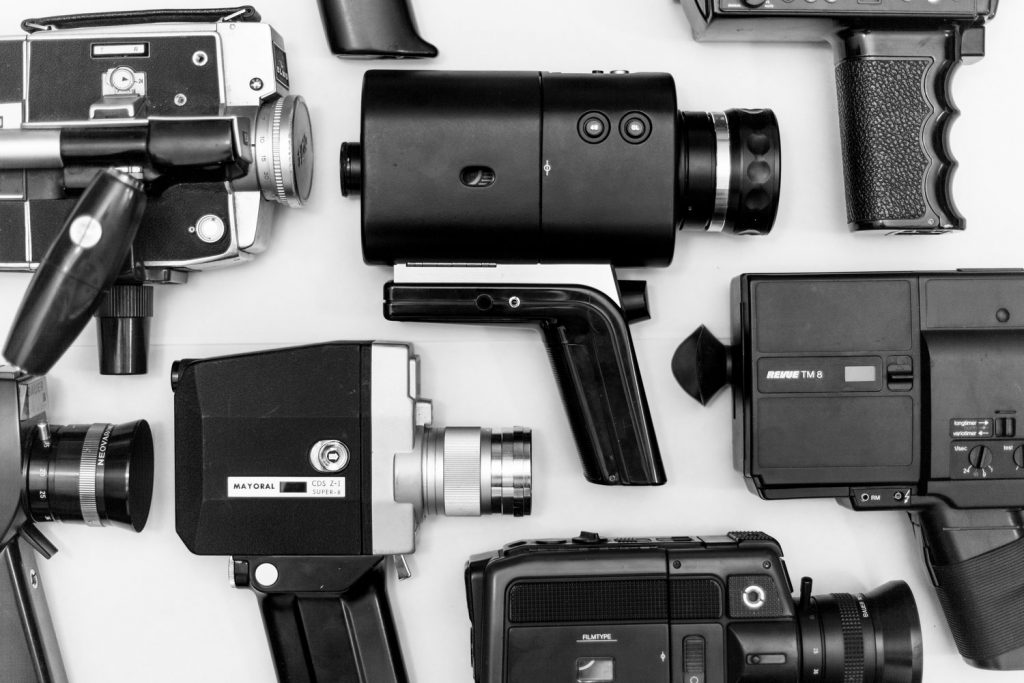
In today’s society movies, tv shows, and other forms of videos have become such an important and constant part of our daily lives that it seems crazy to imagine a time without it. This is all thanks to the decades of technology and artistic progress in the world of cinema dating back to the late 19th century.
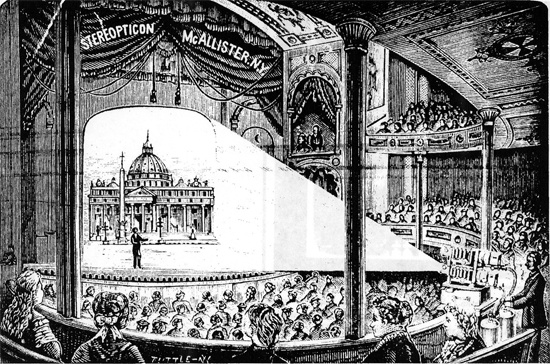
Chronophotography
Before this period, entertainment mostly consisted of literature, visual arts, plays, dance, and music. The development of chronophotography is what sparked the beginning of cinema.
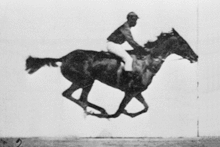
This antique photographic technique of the Victorian era allowed the movement to be captured in several frames of print. Eadward Muybridge started using this to study the motion of animals and humans.
Lumière Brothers
The Lumière brothers are famous for their motion picture film ‘Arrival of a Train at Ciotat Station’. It was screened on December 28th, 1895 for paying customers and marked the birth of cinema as entertainment and business.
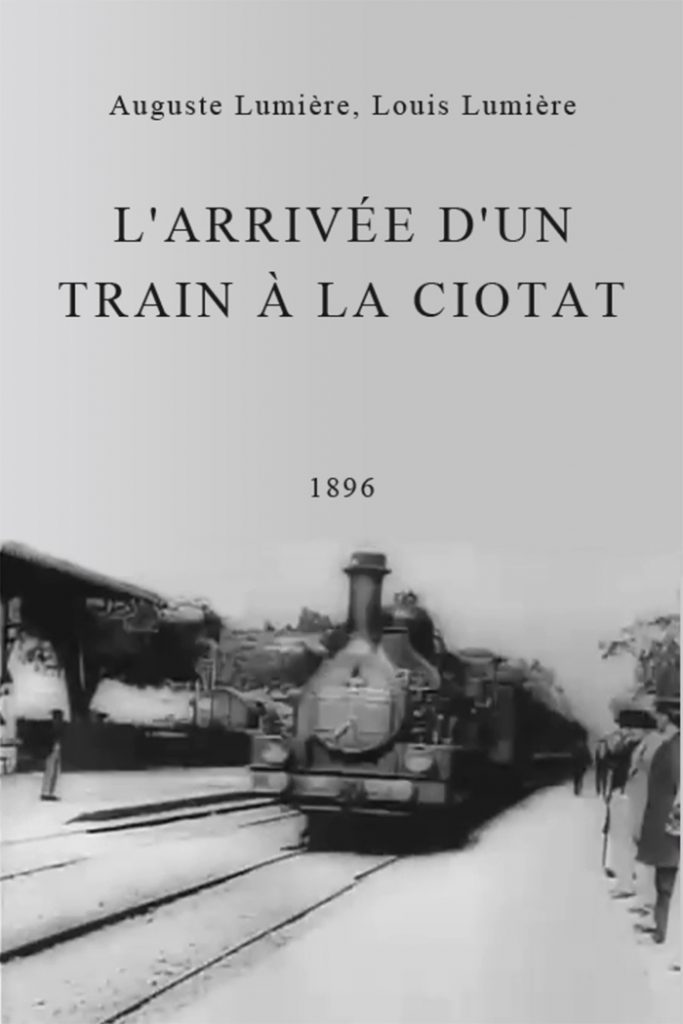
Stop Motion
In 1896 what is known now as stop motion was discovered by Georges Méliès. While he was trying to photograph the Place de l’Opéra his camera kept jamming. Once he finally was able to unblock the film he saw how the jam made it so a Madeleine-Bastille bus change into a hearse and men change into women. Méliès realized he could use this trick intentionally and created ‘Escamotage d’Une Dame au Thèâtre Robert Houdin (The Vanishing Lady)’ in October 1896.
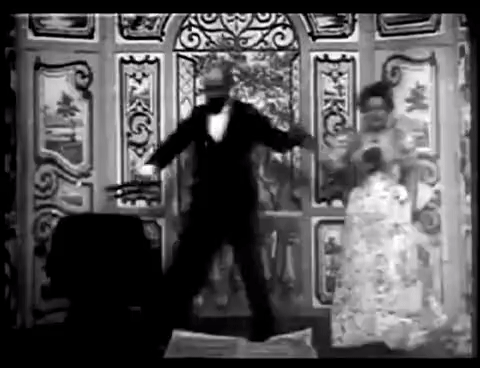
1897
1897 was a big year for evolving the world of cinema. Robert William Paul developed the first rotating camera, which was able to take panning shots. This was a way to now establishing a sense of location in films and engage the audience.
In May 1897 Georges Méliès built one of the first film studios. In this studio he went on to produce, direct, and distribute more than 500 short films.
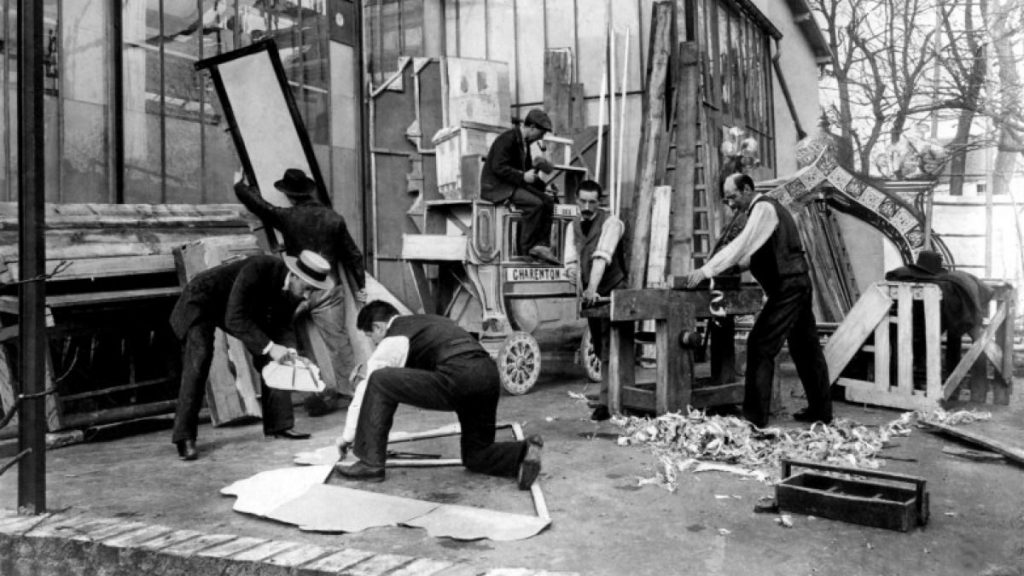
Finally, the world’s first film archive was established. Robert William Paul donated some of his films to the British Museum. He hoped they would begin acquiring other reproductions of notable events in the form of moving pictures but no other donation was ever made.
The American Visionary
In the Early 20th century cinema started to advance at a fast rate, especially in the US. Edwin S. Porter was an American filmmaker that’s credited as being the first to assemble separate individual shots into a continuous sequence of parallel actions. In 1903, he made the film ‘The Life of an American Fireman’. he was able to combine stock footage of horse-drawn fire engines leaving a fire station house with staged sequences of firemen saving a woman from a burning house and compress it into a six-minute film that created the illusion of linear continuity.
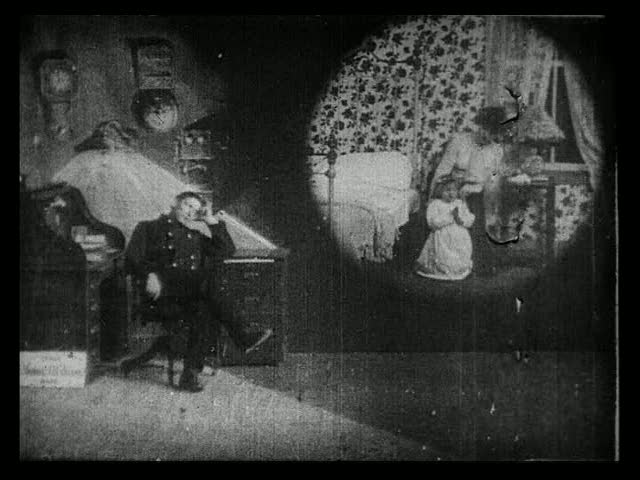
Mr. Porter went on to create over 50 movies such as the masterpiece ‘The Great Train Robbery’.
This period was revolutionary in advancing technology and creating the first films. Now the cinema and the movie industry is massive so it’s interesting to see where it all began.
Resources
Pruitt, S., 2019. The Lumière Brothers, Pioneers Of Cinema. [online] HISTORY. Available at: <https://www.history.com/news/the-lumiere-brothers-pioneers-of-cinema> [Accessed 3 November 2020].
Simon, J., 2020. Cinematic History And Its Defining Moments: 1895-1905. [online] The Cinematic Journal. Available at: <https://www.thecinejournal.com/cinematic-history-and-its-defining-moments-1895-1905/> [Accessed 30 October 2020].